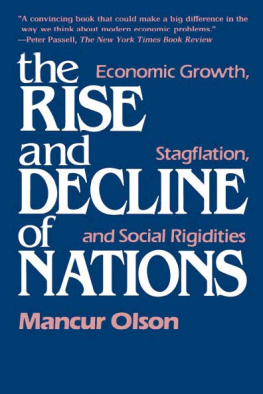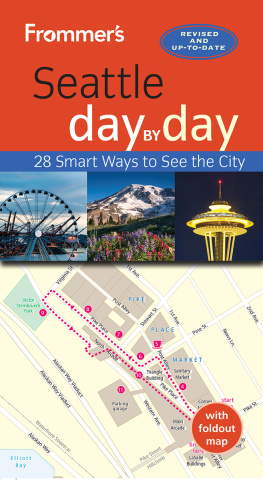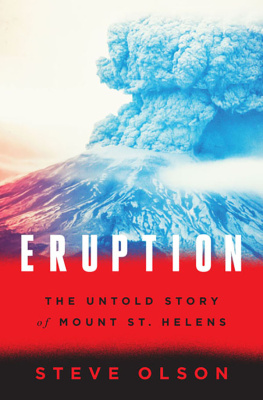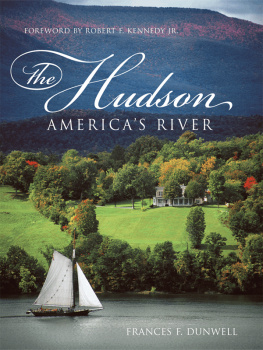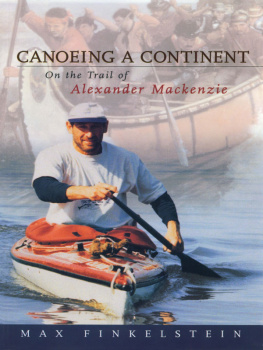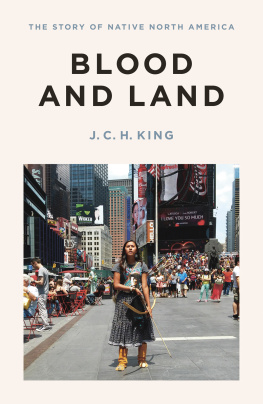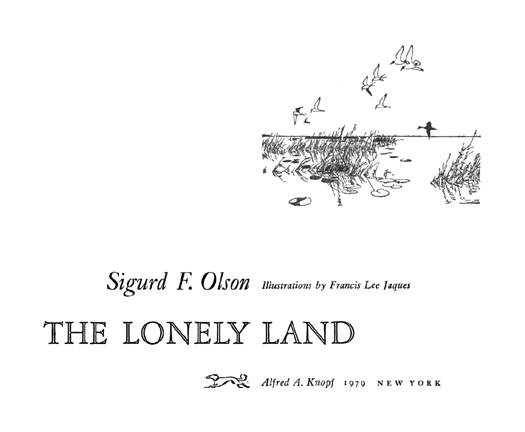Other Books by Sigurd F. Olson
THE SINGING WILDERNESS
LISTENING POINT
THE LONELY LAND
OPEN HORIZONS
WILDERNESS DAYS
THE HIDDEN FOREST
Illustrated by Les Blacklock
REFLECTIONS FROM THE NORTH COUNTRY
These are Borzoi Books
published by A LFRED A. K NOPF in New York

L. C. catalog card number: 60-53233
THIS IS A BORZOI BOOK, PUBLISHED BY ALFRED A. KNOPF, INC.
Copyright 1961 by Sigurd F. Olson. All rights reserved. No part of this book may be reproduced in any form without permission in writing from the publisher, except by a reviewer who may quote brief passages and reproduce not more than three illustrations in a review to be printed in a magazine or newspaper. Manufactured in the United States of America and distributed by Random House, Inc. Published in Canada by Random House of Canada, Limited.
Published March 22, 1961
Reprinted Seven Times
Ninth Printing, August 1979
eISBN: 978-0-307-82226-0
v3.1
To
the Voyageurs who have been with me
in the
Lonely Land
ACKNOWLEDGMENTS
I AM DEEPLY GRATEFUL for criticism and encouragement by members of my family, particularly my son Sigurd, of Alaska, who suggested the title of this book, and to Ann Langen, whose patient and understanding participation in the typing and editing of successive revisions of the manuscript brought it finally to completion. To Marie Rodell, my agent, to Angus Cameron, my editor, and to Alfred A. Knopf go my thanks for suggestions and help.
Francis Lee Jaques has my sincere appreciation for the superb and powerful sketches of the North country.
I am indebted also to Dr. G. M. Schwartz and the Geology Department of the University of Minnesota for professional advice and counsel; to Eric Morse of Ottawa, who read the entire manuscript for historical and geographical accuracy; to Denis Coolican for permission to use his personal diary of the Churchill Expedition as a check against my own, and to the other voyageurs whose reactions I treasure.
I wish to thank Charles Scribners Sons for permission to quote from Green Hills of Africa by Ernest Hemingway; Dr. Edmund W. Sinnot of Yale University for an excerpt from My Faith; Macleans Magazine for permission to quote from The Romance of the Canadian Shield by Blair Fraser; the Minnesota Historical Society for excerpts from Dr. Grace Lee Nutes The Voyageur and The Voyageurs Highway.
My thanks go also to the Champlain Society of Toronto for permission to quote from the following historical records and diaries: Sir George Simpsons Athabasca Journal, edited by E. E. Rich, with an introduction by Chester Martin; David Thompsons Narrative of Explorations in Western America 17841812, edited by J. B. Tyrrell; The Journals of Samuel Hearne and Philip Turnor, edited by J. B. Tyrrell.
The following sources supplied invaluable information on the fur trade and life of the era:
The Moose Fort Journals of 178385, published by the Hudsons Bay Record Society of London; A Journal of Voyages and Travels in the Interior of North America by Daniel Harmon, published by Allerton Book Company of New York; Travels through the Interior Parts of North America in the years 1766, 1767, 1768 by Jonathan Carver, printed in London by John Cookley Lettsom in 1781; Alexander Mackenzies famous Voyages from Montreal (in the years 1789 and 1793), published by A. S. Barnes & Company of New York in 1903; The Journals of Alexander Henry the Younger and of David Thompson 17991814, published by Francis P. Harper in New York in 1897; and La Salle by Louise S. Hasbrouck, the Macmillan Company, New York, 1919.
I am grateful to Frank B. Hubachek, who made many of these volumes available to me at his historical library at the Wilderness Research Center on Basswood Lake, and to William Trygg, who also supplied me with reference works.
To the Hudsons Bay Company, without whose generous co-operation and enthusiastic help the Churchill Expedition might not have been possible, go my own personal thanks and that of the voyageurs who were with me.
CONTENTS
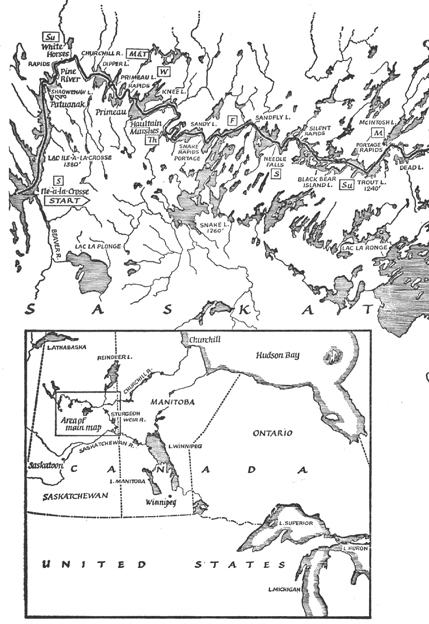
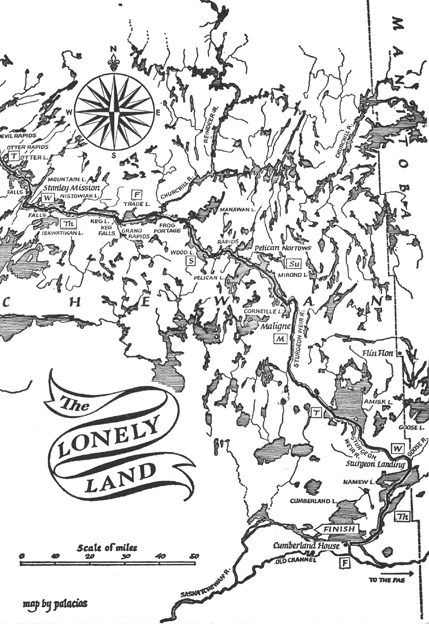
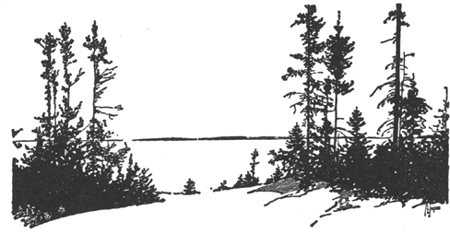
THE LONELY LAND
T HERE ARE few places left on the North American continent where men can still see the country as it was before Europeans came and know some of the challenges and freedoms of those who saw it first, but in the Canadian Northwest it can still be done. A thousand miles northwest of Lake Superior are great free rivers, lakes whose horizons disappear, countless unnamed waterways, and ridges and forested valleys still largely unknown. Most of it is part of the Canadian Shield, an enormous outpouring of granitic lava that extends from the bleak coasts of Labrador in the east, almost to the Mackenzie River valley in the west and then on into the Arctic North.
It is a vast and lonely land, for as yet only its southern fringes have been occupied. The rest is neither settled nor pierced by roads. Though planes have mapped most of it and jets fly high above with vapor trails floating even over the tundras south of the Arctic coast, though a few mining camps serviced by air can be found far in the interior, few men know it well. Hudsons Bay Posts and installations of the Royal Canadian Mounted Police are scattered throughout it and at such locations are often found the missions of the Oblate Fathers of Montreal and the Anglican Church of Canada. There are Indian settlements, the Crees and Chippewyans, the Yellow Knives, the Dog Ribs, and Hares, along the great rivers that have always been their major routes of travel and migration, but the land itself has changed little since the days of the fur trade and exploration.
This was the region the French voyageurs explored and traveled after they knew the country between the St. Lawrence and the Great Lakes. Beyond Lake Superior until 1650, the Northwest was the vast unknown, perhaps the fabled passage to the Pacific, the greatest frontier of the new world. For two hundred years these intrepid canoemen probed its farthermost reaches trading wherever they went, establishing posts at strategic points, weaving a vast network of influence over the entire region. During those days fortunes in fur were carried across the portages and paddled down the waterways to satisfy the markets of the east. In the two or three thousand miles between Montreal and the far Northwest, these French Canadians lived and traveled with a spirit, sense of adventure and pride in their calling that balanced its enormous distances and hardships. These wiry little menseldom more than five feet four or fivedressed in breech cloth, moccasins and leather leggings reaching to thighs, a belted shirt with its inevitable colored pouch for tobacco and a pipe, topped off with a red cap and feather. They were a breed apart. From dawn until dark they paddled their great canoes and packed enormous loads, facing storms, wild uncharted rivers, hostile Indians and ruthless rivals with a joy and abandon that has possibly never been equaled in mans conquest and exploitation of any new country.


